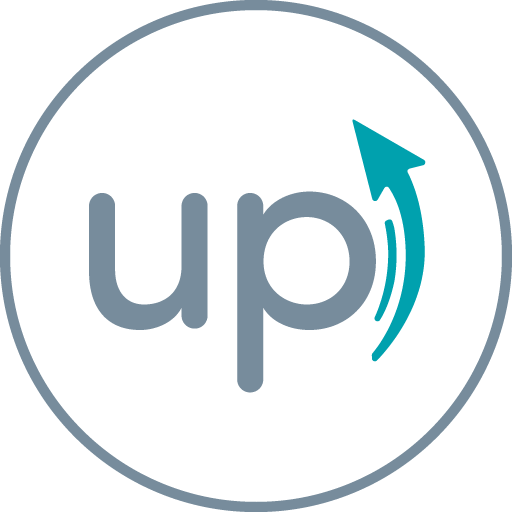For tech professionals, the secret to career advancement in 2023 might just be to change your job. Recently, tech workers who went on to new opportunities in the later part of 2022 got bigger salary bumps than in early 2022, despite waves of recent tech layoffs (according to a recent survey by ZipRecruiter). This implies continued strong demand for tech labor.
Roughly two-thirds of those who got a raise by changing employers in Q4 saw paychecks climb by at least 11%, compared to less than half that in Q1. (The survey consisted of 2,550 people hired within the prior six months.)
The numbers track
Nearly 5% of job-switchers doubled their salary in late 2022—twice as many as those in early 2022. Even amid signs of an economic slowdown, these numbers reveal how US employers remain hungry for tech talent as the tech sector hired heavily during recovery from the lockdown.
Since then, over 40% of tech employees improved their schedule flexibility, and more than one-quarter gained health benefits. Additionally, more than 27% of new tech employees got a signing bonus in the fourth quarter, up from 22% at the start of last year.
According to the US Department of Labor, employers added more than 223,000 jobs in December 2022. New and open positions, while declining at the end of the year, remain elevated.
A great climate for well-paying tech jobs
As reported by Aki Ito, Senior Correspondent at Tech Insider, Revelio Labs recently performed analysis of tech workers laid off in 2023. Ito states, “72 percent found new jobs within three months. A little over half of them have landed roles that actually pay more than what they were earning in the jobs they lost.”
Laid-off workers are more likely to find a new job quickly now than at the height of the tech hiring frenzy back in July of 2021. However, according to Revelio, prospects with hard technical skills (like coding) fare better than those with more general competencies (like communications or HR).
“72 percent [of laid off tech workers] found new jobs within three months. A little over half of them have landed roles that actually pay more than what they were earning in the jobs they lost.”
– Aki Ito, Senior Correspondent at Tech Insider
Where does tech stand?
Tech Insider notes that some tech companies may be contracting after over-hiring to meet surging pandemic demand. However, as technology is increasingly a critical asset to more businesses, companies in traditional industries are hungrier for tech skills now more than ever. “The job market is still hot. Although some parts of the tech industry are struggling, other companies are actively hiring,” commented Reyhan Ayas, a Senior Economist at Revelio Labs.
That’s good news for tech employees worried about immediate (and future) career opportunities. A few tech industry analysts have even suggested that “big tech’s” losses could even be smaller companies’ gains.
“The job market is still hot. Although some parts of the tech industry are struggling, other companies are actively hiring.”
– Reyhan Ayas, Senior Economist at Revelio Labs
In conclusion, changing jobs can be a daunting task, but the market data suggests that it could be a smart move for tech professionals looking for career advancement and higher salaries in 2023. The numbers don’t lie—it’s worth considering new opportunities and taking that next step towards a brighter future. And if you need help with your job search, UpRecruit is here to be your partner and guide.


About the Author
Representing the top technology companies in the U.S., UpRecruit is a full-stack hiring marketplace that connects tech talent with innovative opportunities. Their easy-to-use interface allows for direct and discrete communication between candidates and employers, and because they automate 80% of what recruiters do, connections are more efficient than with any traditional recruiting agency.

















